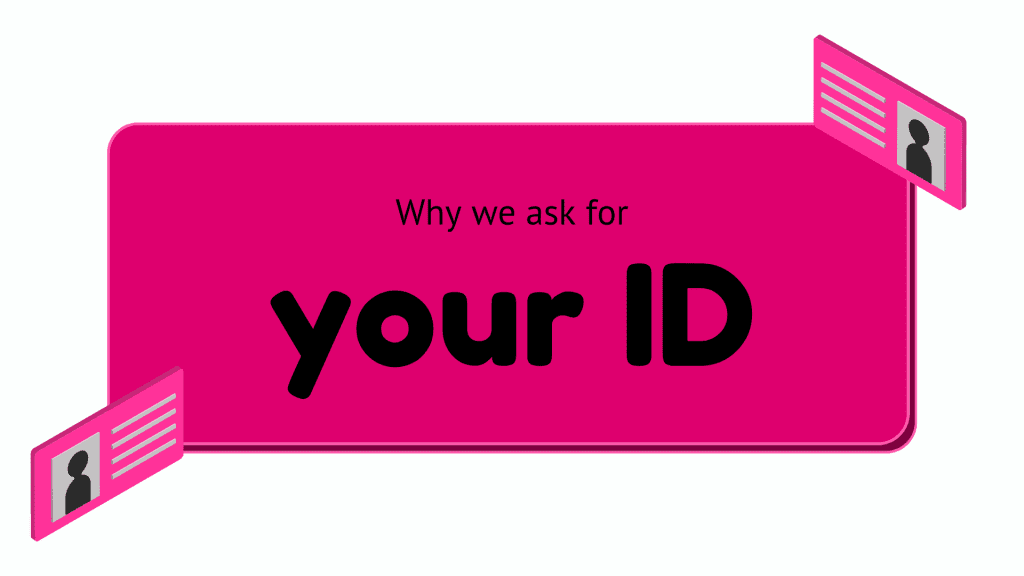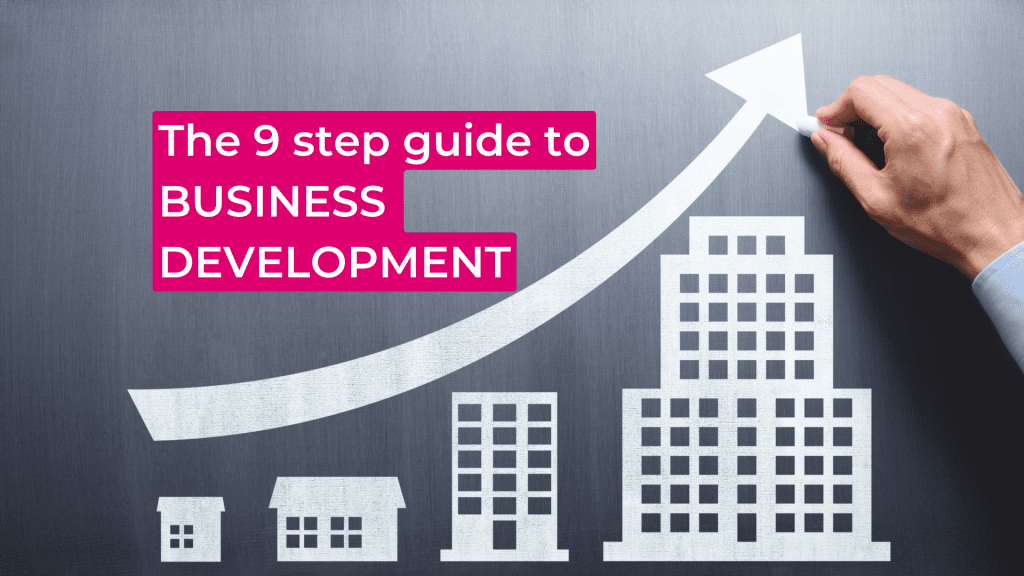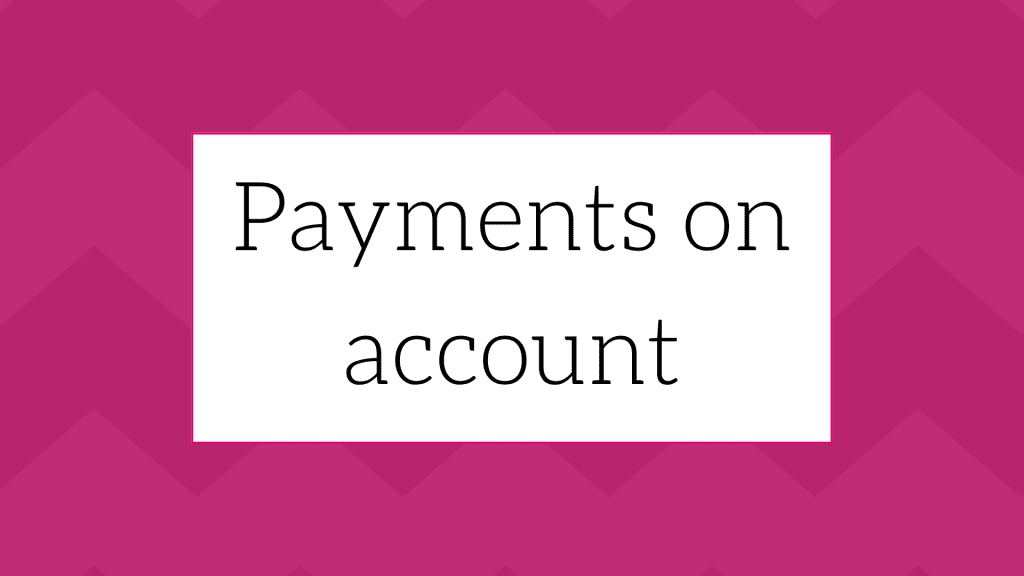
As part of our onboarding process we ask all of our clients for two pieces of ID. You might be…

As part of our onboarding process we ask all of our clients for two pieces of ID. You might be…

A commitment to supporting businesses through the pandemic has seen 1 Accounts shortlisted for a top national award. We have…

Facing redundancy can be incredibly challenging, but it could also be the perfect time to start a brand new career…

A lot of new businesses fail. A lot of old businesses fail. A lot of previously successful businesses fail. Why?…

Here at 1 Accounts we are invested in helping your business develop and succeed. We find allocating some time each…

If you complete a tax return you may have to pay your tax twice a year. This sounds like it…

With the economy as unpredictable as it has been lately it is essential for small business owners to take a…

Since the government advice to work from home was lifted earlier this year and employees have been making their way…

Flexible working isn’t new. In fact, research shows that many of us (87%) wanted to work on a more flexible…

Winning new clients should be an exciting part of growing a business. And yet, due to the current climate, this…